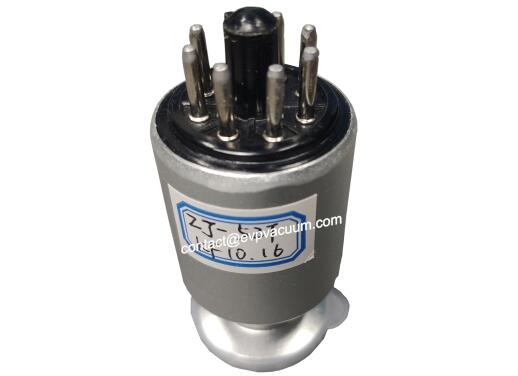Pirani vacuum gauge
Pirani vacuum gauge, also has the translation pailani vacuum gauge. This kind of vacuum gauge belongs to a kind of heat conduction vacuum gauge.
Pirani vacuum gauge of structure
The vacuum gauge is generally divided into two parts:
Induction head: mostly metal or glass housing, with filament or other temperature sensitive elements that sense vacuum pressure.
Control head: provide the necessary circuit for the induction head and do the work of signal amplification and signal digitization.
Vacuum gauge classification
1. Pirani vacuum gauge
2. Thermoelectric vacuum meter
3. Thermistor vacuum gauge
4. Constant current type
The temperature of the filament will change with the change of the vacuum pressure. Because the filament is a high resistance temperature coefficient material, the change of the temperature of the filament will lead to the change of the resistance value of the filament. The change of the resistance measured by the resistance bridge can prove the change of the vacuum pressure.
5. Constant voltage type
When a certain voltage is maintained on the filament in the sensing head, the temperature of the filament will change with the vacuum pressure. When the vacuum pressure becomes higher, for example, the heat energy carried by the heat conduction increases, and the temperature of the filament decreases. Because the filament is a material with high resistance temperature coefficient, the temperature of the filament becomes lower, which will cause the resistance value of the filament to rise. When the voltage of the two segments of the filament does not change, the current passing through the filament will decrease, so the decrease of the current also proves that the vacuum pressure increases. On the contrary, when the vacuum pressure becomes low, the increase of current can prove that the vacuum pressure becomes low.
Pirani vacuum gauge application
chemical industry
Electronics and microelectronics
Vapor deposition
Electron beam welding
Vacuum metallurgy
Pirani vacuum gauge performance characteristics
advantage:
Large measurement range
Good reproducibility
Low production cost and appropriate price
Faster response time
Disadvantages:
Different gas types affect measurement accuracy (usually calibrated with nitrogen or air)
Measurement sensitive to pollution


